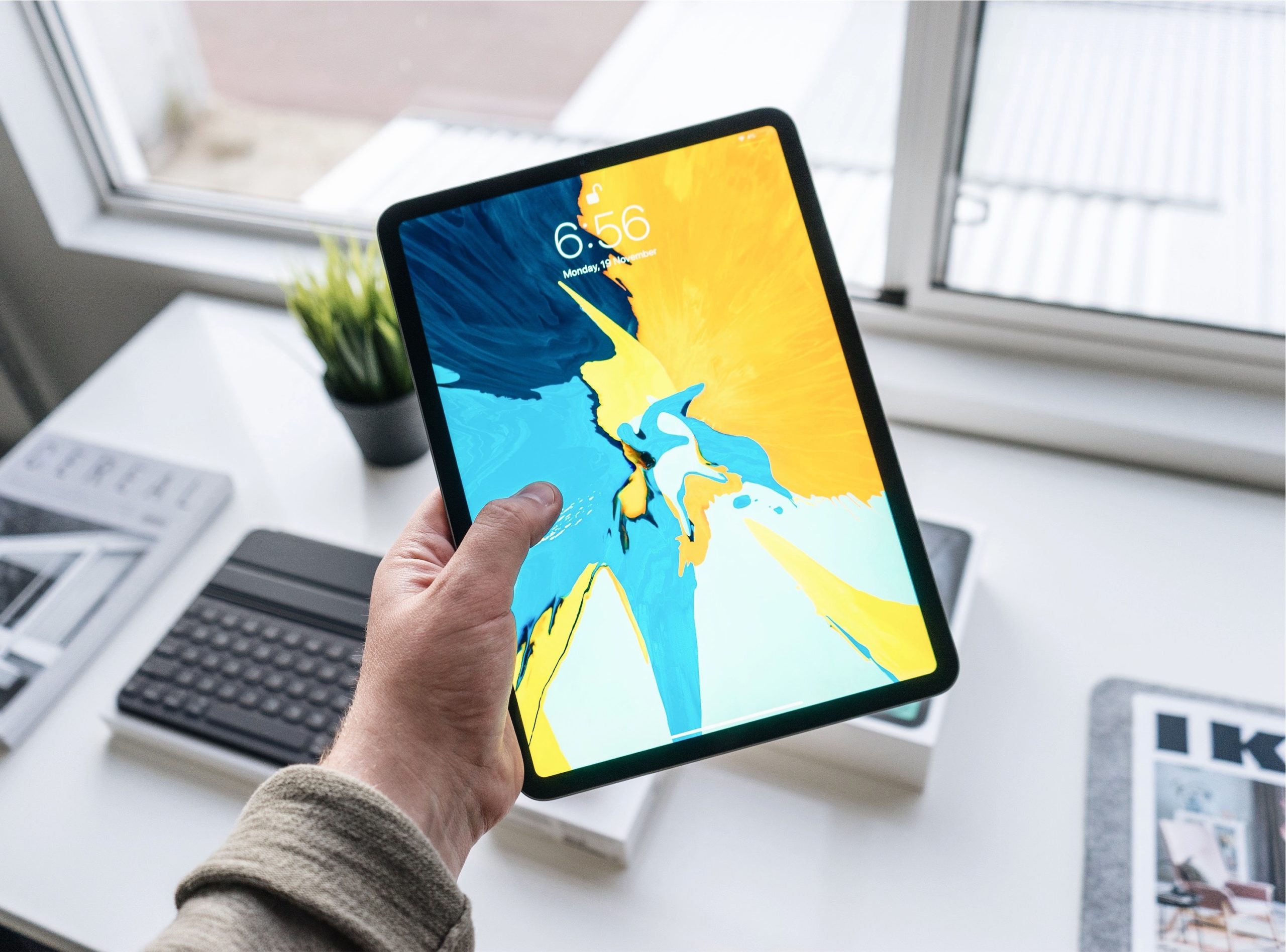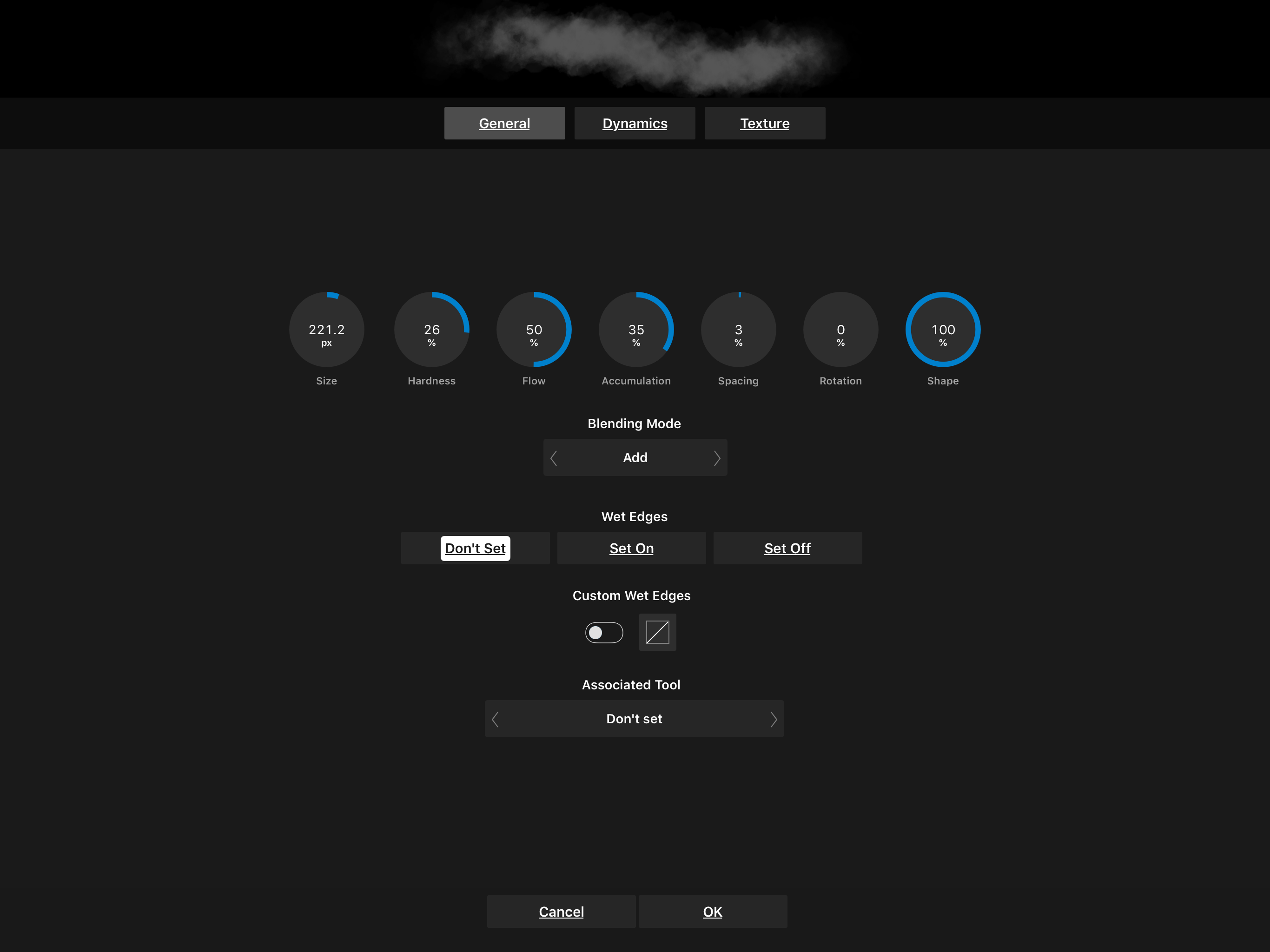Loved by creative professionals, Procreate has everything you need to create expressive sketches, rich paintings, gorgeous illustrations and beautiful animations. Procreate is the complete art studio you can take anywhere, packed with unique features and intuitive creative tools. The best brushes in the business. In this video I demonstrate the difference between Procreate and Affinity designer on iPad Pro. These are very different iPad apps that have some very great. Affinity designer is an alternative to adobe illustrator, which uses vectors to draw. The things you make with those will have cleaner and sharper edges and will be infinitely resizable. You can apply textures to shapes you draw, but it’s not as easy to just straight up draw like you can in the others.
Tasked with delivering artwork to a professional printer? Then it’s worth understanding some print-specific concepts first.

CMYK
If you’re unfamiliar with this term, it stands for Cyan, Magenta, Yellow, and Key (Black). This is a Colour model used in documents intended for professional lithographic printing (aka four-colour process printing). In pro-printing workflows, you should always be thinking in terms of these four colours for professional print output.
Professional printing is dependent on supplied artwork being separable into these four colours. Your print partner will create a physical aluminium plate for each colour from your PDF; each colour plate is loaded onto a respective colour Printing Unit in an offset lithographic printer. For example, a Magenta plate will be rolled onto the cylinder in the Magenta Printing Unit.
As paper passes through each Printing Unit, the colours are added in turn.
Colour management
This is all about keeping your colours consistent and accurate across your workflow. If used properly, you’ll get no unwelcome colour surprises in your final output—results will appear as intended.
Colour management is achieved by using colour profiles installed across different physical devices (monitors, printers, etc.) and onto apps and even documents themselves.
Colour profiles
Colour profiles define colour spaces, i.e. ranges (or gamut) of colours that an app, document or specific device can interpret—all profiles are referenced against standardised ICC colours.
For professional printing, allocating the same CMYK profile to your document (on document setup) and to your final exported artwork you’ll have absolute colour control and fidelity during design and production. If you design in a much larger colour gamut (e.g. using an RGB profile such as ProPhoto RGB) than that of your export CMYK profile, you will get a mismatch between colour gamuts—some colours used in your document simply can’t be reproduced by using the smaller gamut CMYK export profile.
If you’ve ever had some artwork printed and were shocked by how dull it was, it’s likely due to a mismatch between profiles used in your workflow.
“Adopt CMYK colour profiles at document setup and export time to ensure predictable print results with no surprises.”
DPI
A Dots per Inch (DPI) setting sets the quality of your print output. For professional print quality, you should provide artwork at 300DPI or above. Your print partner will likely inform you of artwork of <300DPI as part of their pre-press procedures. Here’s a visual comparison of different DPI settings, showing quality tail off at lower DPI values.

Bleed
Bleed optionally expands your page area by a small amount to ensure design elements run right to the edge of the page after being physically trimmed. Otherwise, without bleed setup, designing to the actual page edge may reveal unwanted white paper on trimming.
Of course this only matters if page content is designed to extend across the page edge. If not, bleed can be ignored entirely.
Printer marks
Printer marks are made up of three distinct components: Registration Marks, Colour Bars, and Crop Marks. These are all added outside the page area on PDF export to help your print partner position plates, check colour, and aid accurate trimming post-press.
All sound confusing so far? If so, the good news is that only a few key settings need to be configured at Document Setup on most apps. In fact, Affinity apps make this easier by selecting a single Print (Press-Ready) preset which gathers up all the appropriate settings (CYMK, colour profile, DPI) ready for professional printing. Also, your final electronic print artwork can be set up using an export preset and handed off with pro printing in mind.
“If in doubt, always consult your print partner in advance of design. They may have their own preferred way of working or their printing equipment may necessitate specific print settings.”
Page size and orientation
A little obvious but vitally important, you must consider the page size you plan to print to before getting started. If client led, get this clearly stated in your project brief. Plus, consider page orientation, i.e. portrait or landscape. In document setup, document presets may suggest ISO page sizes (A4, A3, etc.) or US sizes (Letter, Legal, Tabloid, etc.). You may even be asked to work to a custom non-standard size.
CMYK colour
In document setup, ‘CMYK’ is used as the colour mode, as opposed to working in RGB1. This is called an end-to-end CMYK workflow, as you’d expect to be using CMYK profiles at export. The CMYK colour mode is intended for professional litho printing only.
1 Projects created in RGB mode are perfect for presenting output on screen—think web design and electronic digital art. In reality, you can still get good results working in RGB mode but you’d need to ensure you export as CMYK.
Colour profiles
Apps offer a selection of industry standard ICC CMYK profiles for you to adopt. Your profile choice is governed by your local print standards which differ across the world.
For example, US litho printer partners favour ‘Coated GRACoL 2006’ while in Europe (including UK) it’s the ‘Coated FOGRA39’ profile that is popular; Japan differs again in using ‘Japan Color 2002 Newspaper’.
Your printer will guide you in your choice, but the above profiles should keep you on the right track.
“Post document setup, you should be choosing your colours from the CMYK sliders in your Colour Tab, Panel or Studio instead of from the HSL Colour wheel.”
Setting bleed
Affinity Photo Vs Designer
A bleed setting of 3mm on all edges of your document is considered reasonable, but check with your print partner for their recommended bleed setting. In Affinity Designer, you’ll find this setting in Document Setup.
Exporting
OK. So that takes care of document setup. The flipside of this is Exporting.
Soft proofing
If you’re concerned that the final output may not look as you’d expect it, you can use soft proofing to get a preview of how your artwork would look before the export stage. You’ll be able to visually compare between different export profiles.
Export setup
What you now need to consider is the export setup of the final artwork needed before handing off to your print partner. Your print partner will typically take a high-resolution PDF file exported from your document. Again, a quick word with your print partner will help you decide how to approach PDF-specific settings.
Typically, PDF presets for professional printing may be available to you in your app. This can take away the headache of configuring individual settings.
PDF Settings
In Affinity products, the list of settings you should look out for when exporting your document are:
- PDF/X: Use any PDF/X compatibility setting.
- CMYK export profile: Either your document’s CMYK profile or an export-specific CMYK profile different to your document profile can be used.
Printer marks: Sets ‘off-page’ marks to help the printer align, colour check and accurately trim the print job:
- Registration Marks
- Colour Bars
- Crop Marks
- Bleed Marks
Bleed switch on: Having gone to the trouble of setting bleed, it’s a good idea to switch the feature on at print time.

Conclusion
Affinity Designer Procreate Software
This article should give you a better understanding of document setup for pro printing. In essence, setting the right document size and resolution, and then working in CMYK colours end-to-end is recommended.
As a designer, I often have opportunities to sketch out ideas for clients – I might be in the wireframing stage of the design and want to get ideas on paper quickly, or I might need to create a logo or illustration. However, it can be a pain to get a paper sketch to a client! There are similar frustrations if you are sketching for fun and have no way to capture the physical sketch.
Luckily, there are now several applications for iPad that let you sketch and create quickly (typically with a stylus or Apple Pencil), and allow easy digital export. My top three are Paper, Procreate, and Affinity Designer.
Paper by WeTransfer
Free, optional Paper Pro $11.99/year (App store)
Affinity Photo
Paper is an application that lets you sketch ideas in a journal-like format. It has a limited number of brush/pen options (some are only available with Paper Pro), plus cut/paste and duplicate functionality.
Affinity Designer Or Procreate
I’ve been a fan of Paper since it’s FiftyThree days, but the reason I continue to use it for wireframing is that it comes with web and mobile templates in-app, as well as storyboarding templates.
Affinity Designer Ou Procreate
My favorite “brush” to use for prototyping is one that snaps your slightly wiggly lines or uneven circles into straight lines, rectangles, and circles. In addition, because Paper lacks some of the more advanced functionality of tools like Procreate and Affinity Designer, it’s easier to focus on the content of a wireframe rather than layers, custom brushes, or creating a pixel-perfect design.
Procreate
$9.99 (App store)
Procreate is touted as one of the best sketching apps on iPad. It offers all sorts of functionality for digital sketching and art, including brushes, layers, and several hand gestures that can be used instead of the stylus.
Procreate does a fantastic job pairing with the Apple pencil to get a variety of textures and depths, much like using a real pencil on paper. The downside of Procreate is its steep learning curve. I’ve been using it for a few months and am still discovering new functionality. Some of the functionality, specifically around finger gestures, is so hidden I only discovered it watching other people sketching.
Affinity Designer Procreate 2020
Overall, Procreate is fantastic software for digital drawing and sketching. But for beginners, I’d recommend watching tutorials and other artists to get the hang of all the hidden features.
Affinity Designer

$19.99 (App store)
Affinity Designer differs from Procreate and Paper in that it allows me to create and export vector illustrations or designs. It also gives me control over each vector node or point.
Affinity designer is a nice balance between freehand drawing with a stylus and the control of vector forms that I missed from my graphic design days. Since it renders in vector, it also gives you great control over color and gradients in a way that is a little more difficult in Procreate, and which just isn’t possible with Paper. This tool is my go-to for creating things like logos and other imagery that needs to be scaled across a variety of media and sizes.
Overall, these tools together give me a well-rounded set of options depending on my personal or client needs—whether they need wireframes, a logo, or a digital illustration.
